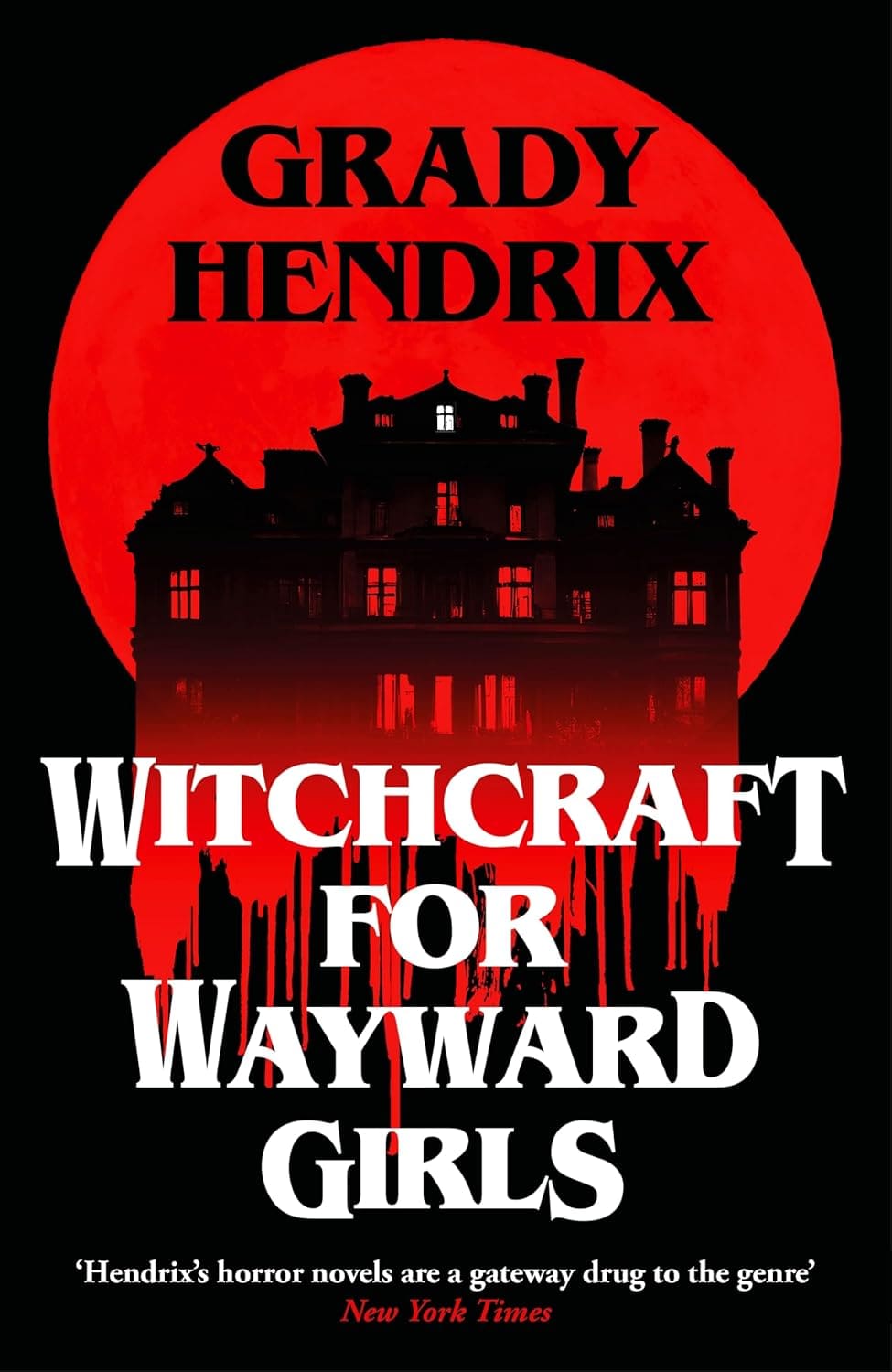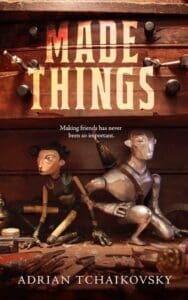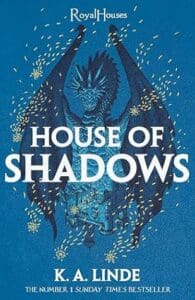
Synopsis:
They call them wayward girls. Loose girls. Girls who grew up too fast. And they’re sent to Wellwood House in St. Augustine, Florida, where unwed mothers are hidden by their families to have their babies in secret, to give them up for adoption, and most important of all, to forget any of it ever happened.
Fifteen-year-old Fern arrives at the home in the sweltering summer of 1970, pregnant, terrified and alone. Under the watchful eye of the stern Miss Wellwood, she meets a dozen other girls in the same predicament. There’s Rose, a hippie who insists she’s going to find a way to keep her baby and escape to a commune. And Zinnia, a budding musician who plans to marry her baby’s father. And Holly, a wisp of a girl, barely fourteen, mute and pregnant by no-one-knows-who.
Everything the girls eat, every moment of their waking day, and everything they’re allowed to talk about is strictly controlled by adults who claim they know what’s best for them. Then Fern meets a librarian who gives her an occult book about witchcraft, and power is in the hands of the girls for the first time in their lives. But power can destroy as easily as it creates, and it’s never given freely. There’s always a price to be paid…and it’s usually paid in blood.
Review:
Grim, gripping and… groovy, Grady Hendrix’s “Witchcraft for Wayward Girls,” is a macabre acknowledgment of the sins of the American South, wrapped in a nifty occult book jacket and doused (liberally) in the blood, sweat, and tears of its teenage protagonists. Hendrix seems to have quite the knack for examining the darker side of humanity with wry humor and a grim flourish, and this doorstop of a novel is no different, offering a tale equal parts rallying cry and cautionary tale. Enraging, engrossing and deeply empathetic, you’ll come for the black cats and broomsticks, and stay for the cutting commentary.”Witchcraft for Wayward Girls,” comes out on January 14th from Berkley in the US, and, finally, I’m thrilled to say, Tor Nightfire in the UK, thank you kindly for the folks over there who sent it to me.
The year is 1969. We follow Neva Craven who at the age of 15 finds herself pregnant- to the utter disgust of her parents. They resent their teenage daughter to the extent where they send her away to Wellwood house, a Dickensian “Home for Unwed Mothers.” Shame and stolen futures lurk behind the guise of redemption, the idea being that the girls will see out their pregnancy cut off completely from the rest of the world, have their baby, promptly give it up for adoption, and go back home as if the whole ordeal never happened in the first place. To the delight of the girls, who are bored out of their minds, a mobile library begins visiting, and it is the gentle librarian Mrs. Parcae, who changes the trajectory of the novel entirely. The stakes are high. Rose is determined to keep her child. Holly certainly doesn’t want her child to be adopted by the vile priest from her hometown. Zinnia is clinging to her own happy ever after. So, when Neva (or Fern as she is now known) is handed “How to be a Groovy Witch,” it seems like the spells inside are worth at least a whirl.
The novel’s depiction of Wellwood House lands like a gut punch in that “homes for wayward girls” are an unfortunate historical fact. Hendrix brings their horrors back into screaming focus: teenagers shamed, stripped of autonomy, misdiagnosed and gaslit, churned through a machine designed to spit out angelic, adoptable babies. It is a book that follows Fern, but is really about an entire generation of silenced women. The timing of this novel, which Hendrix apparently started writing prior to the overturning of Roe v Wade, is obviously incredibly poignant. The echoes of Wellwood House resonate even more loudly in today’s post-Roe fights for reproductive rights and bodily autonomy.
Grady’s prose doesn’t deviate far from his usual witty style of writing. It’s an undeniably heavy subject, but is tempered by descriptions of the pepto-bismol carpet, Rose’s perpetually unflappable snark, and the truly cathartic use of witchcraft to transfer Zinnia’s morning sickness, which the on-hand doctor dismisses as psychosomatic, to the stupid little fellow himself. It’s a rather chunky novel, but I polished it off within three days, and it’s moments like that that made it fly by. Furthermore, I’d heard that the ending was worth getting to, and boy was it! Hendrix could not have concluded such a behemoth, something so high-stakes, something so culturally relevant, anymore perfectly. He sticks the landing.
A novel brewed with equal parts fury and ferocity, with just a little feminist witchery, “Witchcraft for Wayward Girls,” is a novel that requires (like the best spells) time and intention. It is empowering and infuriating, heart-warming and heart-breaking and it masterfully blends the campy charm of retro horror with the unflinching brutality of systemic abuse, creating a story that’s poignant and pulpy in equal measure. The paranormal elements are unhinged and pretty nasty at times, but it’s the aching, furious and unbowed humanity that hits hardest. Every incantation and act of rebellion feels like a middle finger raised to a world eager to silence these girls, and Hendrix ensures their voices echo long after the final page.









Leave a Reply